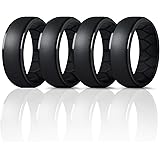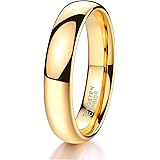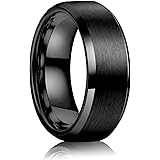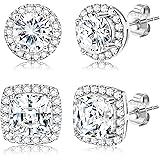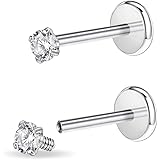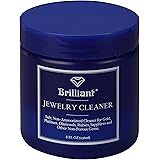Gold jewelry is a classic investment piece that can become heritage jewelry passed down through generations. However, it doesn’t have to be a luxury purchase: gold plated and vermeil pieces are also a great way to get the look of solid gold at a lower price point.
With the high price of solid gold (about $1,617 per ounce), many jewelry makers use alternative methods to give their products the look and feel of true gold at a lower cost. One such method involves coating jewelry made of less expensive metals with thin coats of gold, known as overlay. This method is loosely regulated and it’s important to do your research to find a quality piece that will last.
Ideally, you should always be looking for a gold hallmark on your pieces. These are small numbers, letters or symbols discreetly hidden on the item’s underside or clasp that indicate its purity and value. This information is critical if you plan to buy or sell your gold jewelry, as it gives you a better idea of what the piece is worth.
For example, a “10K” gold mark means that the item is composed of at least 10 percent pure gold. This is a lower quality alloy than 14K or 18K, and it will not be as hard or durable. It will also have a lighter, more silvery hue than higher-karat golds. For these reasons, 10K gold is often used in mass-produced, budget-friendly jewelry.
It’s also important to understand the different types of gold available to you, since a few simple terms can mean the difference between a genuine piece and a fake. Gold is typically measured in troy ounces, which can be confusing, especially when you’re shopping online. To simplify things, it’s helpful to know the difference between the gold prices listed on websites and those you see on jeweler’s shelves.
Gold is a very soft metal, so it’s usually combined with other alloys to increase its strength and durability. A yellow gold alloy is the most common, but white gold can be achieved by mixing in palladium or nickel. Additionally, copper is often added to create rose gold jewelry.
Aside from a karat rating, you should also pay attention to the jewelry’s maker’s mark, which indicates its designer or manufacturer. This could be in the form of a trademark, name or initials, and it’s another sign of authenticity.
When shopping for gold jewelry, look for a karat marking near the gold hallmark. In the US, this should also be accompanied by a trademark indicating the jewelry company that will stand behind the gold’s karat quality. If you don’t see a trademark along with the gold mark, you should walk away. Also, check that the karat value is stamped on the item itself, not just the box it comes in. This way, you can be confident that the item is real and not a cheap knockoff. Also, don’t forget to take your gold jewelry off when showering, washing dishes or going into the pool or ocean; it’s easy for it to wear off with prolonged exposure.

